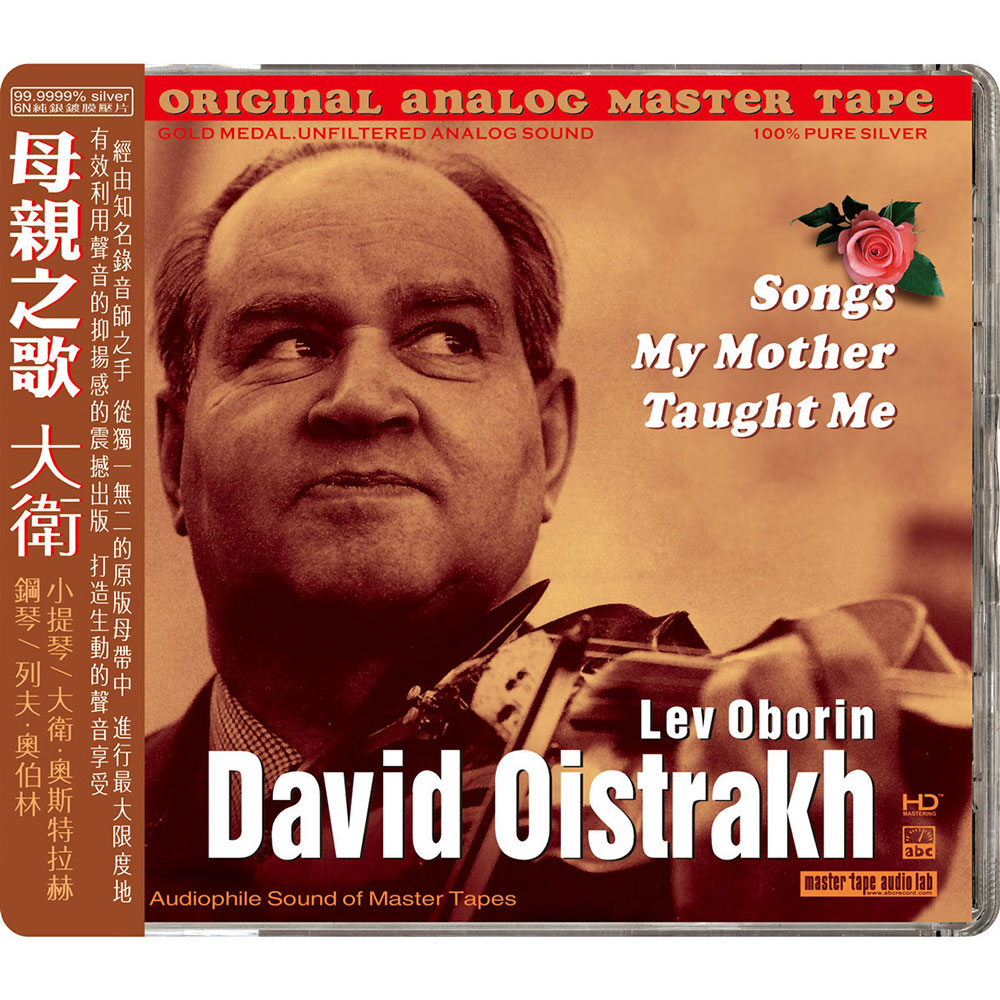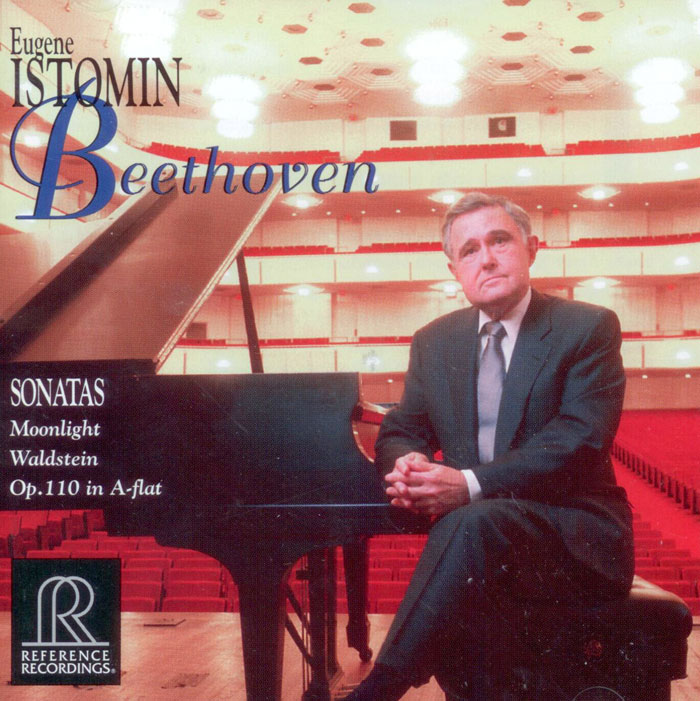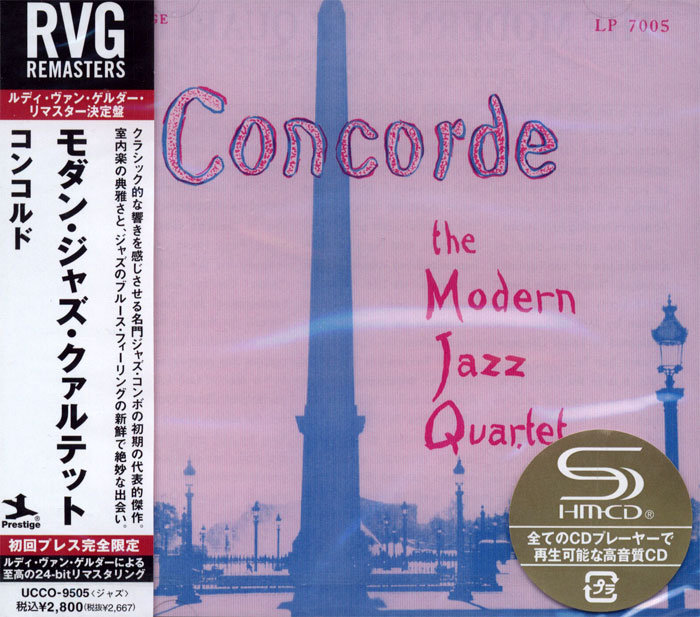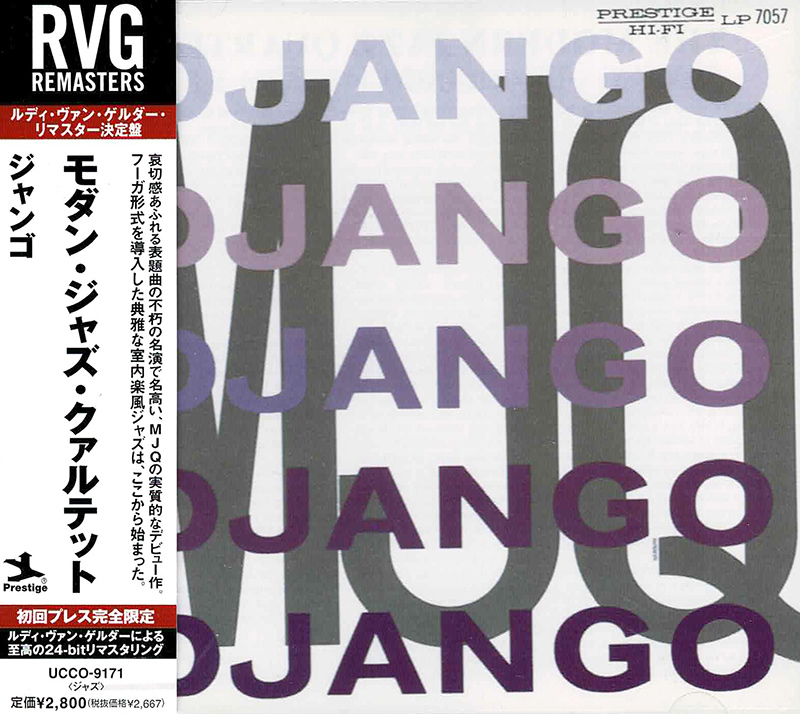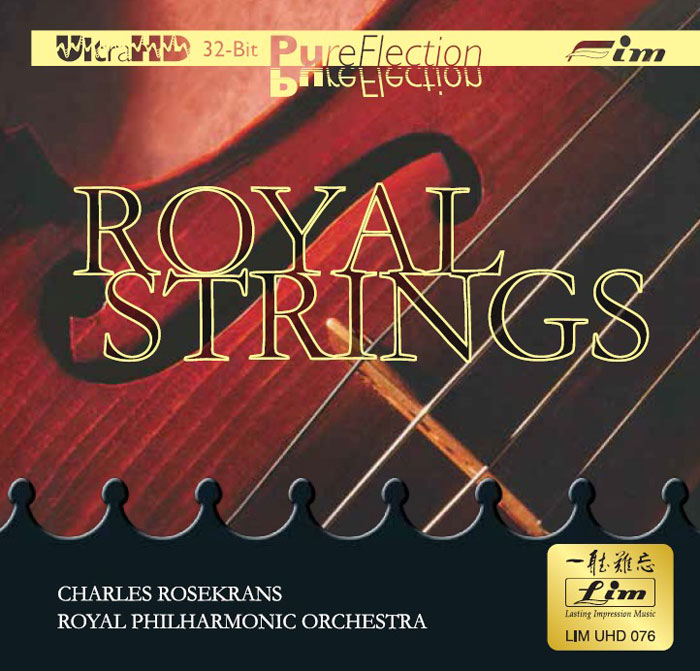Logowanie
Mikołaj - ten to ma gest!
Elton John, The Mamas & The Papas, Cat Stevens, Rod Stewart, Bobbie Gentry, Stevie Wonder, Engelbert Humperdinck
Memory Lane
Edycja Numerowana - 1000 egzemplarzy w skali światowej
RACHMANINOV, Eiji Oue, Minnesota Orchestra
Symphonic Dances / Vocalise
Best Recordings of 2001!!! NAJCZĘŚCIEJ KUPOWANA PŁYTA Z RR!
Karnawał czas zacząć!
Music of Love - Hi-Fi Latin Rhythms
Samba : Music of Celebration
AUDIOPHILE 24BIT RECORDING AND MASTERING
CHOPIN, LISZT, DEBUSSY, DVORAK, Gerhard Oppitz
Dances romantiques - A fantastic Notturno
Wzorcowa jakość audiofilska z Clearaudio
Winylowy niezbędnik
ClearAudio
Double Matrix Professional - Sonic
najbardziej inteligentna i skuteczna pralka do płyt winylowych wszelkiego typu - całkowicie automatyczna
MONTI, SARASATE, GERSHWIN, DE FALLA, ELGAR, KREISER, David Oistrakh, Lev Oborin
Songs my mother taught me
- David Oistrakh - violin
- Lev Oborin - piano
- MONTI
- SARASATE
- GERSHWIN
- DE FALLA
- ELGAR
- KREISER
ULTRA Analog CD - AAD is a Digital Copy Of The Master Tape - SILVER CD
Cząsteczki srebra są jednolite i mają stały współczynnik odbicia, co zapewnia równą, reprodukcyjną jakość dźwięku. Posrebrzany `CD 6N ma również wyższy współczynnik odbicia niż 24-karatowe złoto.
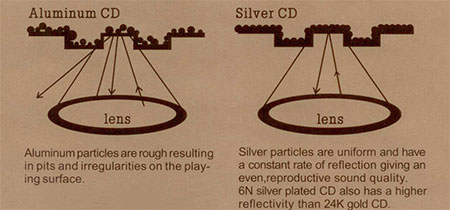 David Oistrakh is considered one of the pre-eminent violinists of the 20th century. His playing was marked, apart from a phenomenal technique, by stylistic fidelity to works by different composers of different historical periods. Oistrakh possessed large, quite fleshy hands, which helped prevent any roughness to his tone. His fingers appeared to caress the fingerboard with the minimum of perceived effort and height, and the liquidity of his position-changes made the potentially hazardous appear graceful. His vibrato tended towards medium–slow, and he deployed it with exquisite subtlety, bucking the prevailing tendency to vibrate all the time. To lend the left arm extra support, Oistrakh used a shoulder pad, which he insisted left the natural resonances of his violin unimpaired.
Throughout his career David Oistrakh was known for his honest, warm personality; he developed close friendships with many of the leading musicians of the day. He always demanded of himself (and his students) that musical proficiency, intelligence, and emotion be in balance, regardless of the particular style. Oistrakh felt that a violinist's essence was communicated through clever and subtle use of the bow, and not through overly expressive use of vibrato. To this end he developed a remarkably relaxed, flexible right arm technique, capable of producing the most delicate expressive nuances, but equally capable of generating great volume and projection. When listening to an Oistrakh performance – most especially his studio recordings – it is the accumulation of the whole that tends to leave the most profound impression, rather than the emotional resonance of individual moments.
David Oistrakh is considered one of the pre-eminent violinists of the 20th century. His playing was marked, apart from a phenomenal technique, by stylistic fidelity to works by different composers of different historical periods. Oistrakh possessed large, quite fleshy hands, which helped prevent any roughness to his tone. His fingers appeared to caress the fingerboard with the minimum of perceived effort and height, and the liquidity of his position-changes made the potentially hazardous appear graceful. His vibrato tended towards medium–slow, and he deployed it with exquisite subtlety, bucking the prevailing tendency to vibrate all the time. To lend the left arm extra support, Oistrakh used a shoulder pad, which he insisted left the natural resonances of his violin unimpaired.
Throughout his career David Oistrakh was known for his honest, warm personality; he developed close friendships with many of the leading musicians of the day. He always demanded of himself (and his students) that musical proficiency, intelligence, and emotion be in balance, regardless of the particular style. Oistrakh felt that a violinist's essence was communicated through clever and subtle use of the bow, and not through overly expressive use of vibrato. To this end he developed a remarkably relaxed, flexible right arm technique, capable of producing the most delicate expressive nuances, but equally capable of generating great volume and projection. When listening to an Oistrakh performance – most especially his studio recordings – it is the accumulation of the whole that tends to leave the most profound impression, rather than the emotional resonance of individual moments.





























